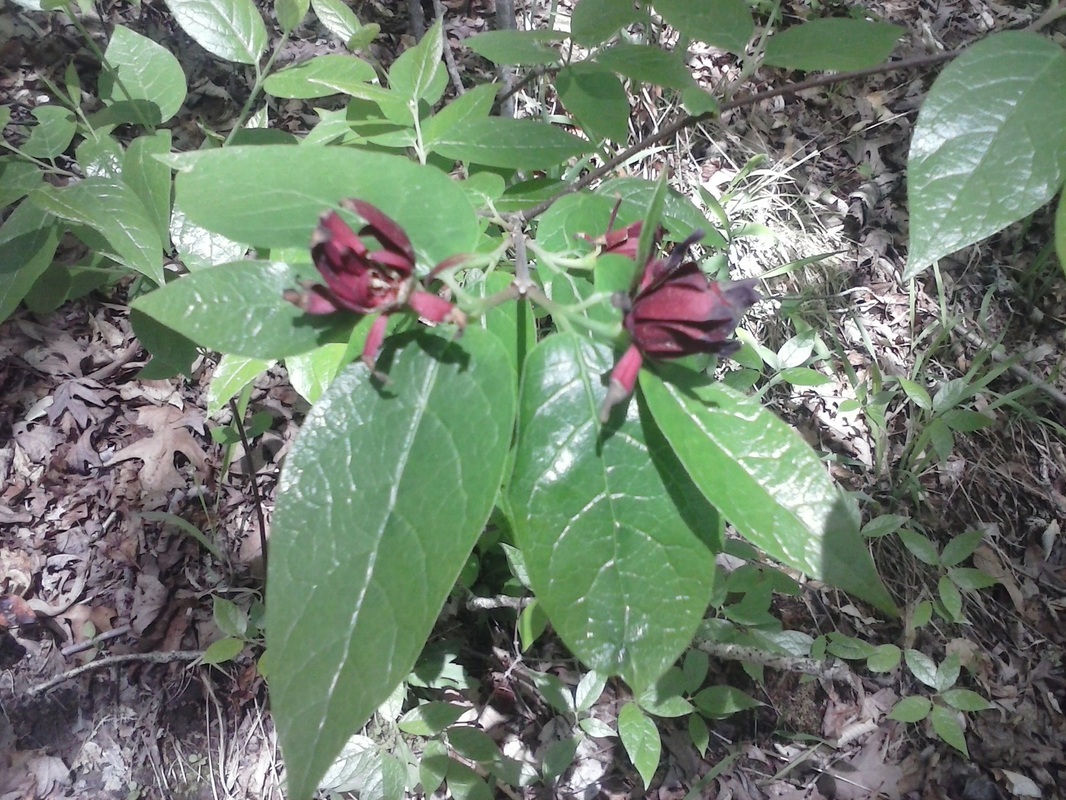Just what is often known as Bloom
Leafsnap, produced by scientists from Columbia University, the University of Maryland, and the Smithsonian Institution, was the initially extensively dispersed electronic field information. Implemented as a cellular app, it makes use of pc eyesight procedures for pinpointing tree species of North The us from photos of their leaves on simple qualifications.
The app retrieves pictures of leaves comparable to the a person in concern. However, it is up to the person to make the final selection on what species matches the unidentified one.
LeafSnap achieves a major-1 recognition charge of about seventy three% and a top rated-5 recognition charge of ninety six. The app has attracted a significant number of downloads but has also obtained numerous significant person assessments [sixty two] because of to its lack of ability to offer with cluttered backgrounds and in-class variance. Pl@ntNet is an image retrieval and sharing application for the identification of crops.
- Wild flowers by using switch results in
- Leaf Figure Taken advantage of Sheet
- Orchid flowers plus correlated greenery
- Can be the place a monocot or dicot?
- Flowers with Four conventional elements
- Binoculars, to consider points high up inside of a plant, to give an example
- Immediately Identify Vegetation through an Iphone app: Proven tips for
- Aseasonal Detection
Zero noticeable renders at all

It is staying formulated in a collaboration of 4 French investigation organizations http://www.onfeetnation.com/profiles/blogs/gardening-methods-there-are-several-methods-how-to-grow-plants-on (French agricultural study and intercontinental cooperation business [Cirad], French National Institute for Agricultural Study [INRA], French Institute for Investigate in Computer Science and Automation [Inria], and French National Exploration Institute for Sustainable Advancement [IRD]) and the Tela Botanica network. It gives 3 entrance-ends, an Android app, an iOS application, and a world wide web interface, each and every allowing for consumers to submit a person or numerous photos of a plant in order to get a list of the most probable species in return. The software is turning out to be far more and far more preferred. The application has been downloaded by https://worldcosplay.net/member/857574 more than 3 million users in about 170 international locations. It was in the beginning limited to a fraction of the European flora (in 2013) and has considering that been prolonged to the Indian Ocean and South American flora (in 2015) and the North African flora (in 2016).
People browse through the bloom and discover that it must be radially symmetrical everyday and also at least 7 recurring equipment.
Given that June 2015, Pl@ntNet applies deep learning approaches for impression classification. The community is pretrained on the ImageNet dataset and periodically high-quality-tuned on steadily expanding Pl@ntNet information. Joly et al.
- Plants that has 7 or over normal equipment
- Understanding how to Figure out Greenery: Where to Start
- Easy to understand Vital
- Woodsy Facilities: Is that it a new plant, your bush, and even a woodsy grape vine?
Wild flowers having change leaves
[sixty three] evaluated the Pl@ntNet software, which supported the identification of two,200 species at that time, and claimed a sixty nine% major-5 identification amount for single pictures.
We could not discover released analysis benefits on the present functionality of the graphic-based identification motor. On the other hand, testimonials request better accuracy [15]. We conclude that laptop or computer vision answers are even now considerably from replacing the botanist in extracting plant characteristic details for identification. Improving the identification overall performance in any achievable way remains an crucial objective for long term investigation.
The following sections summarize critical current analysis directions. Open challenges and potential directions. Utilizing latest equipment mastering developments. While the ResNet architecture is however condition-of-the-artwork, evolutions are continually currently being proposed, (e. g. , [sixty four]).
Other scientists get the job done on choice architectures like extremely-deep (FractalNet) [65] and densely linked (DenseNet) [66] networks. These architectures have not nonetheless been evaluated for plant species identification. New architectures and algorithms usually intention for greater classification precision, which is obviously a main target for species identification nevertheless, there are also fascinating improvements in minimizing the sizeable computational effort and footprint of CNN classifiers.